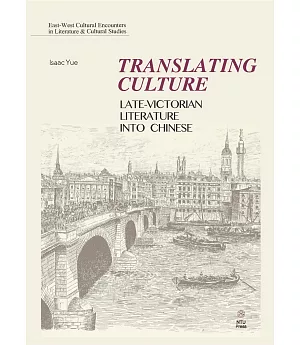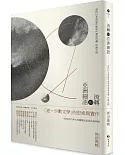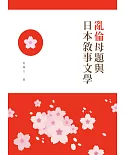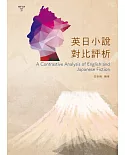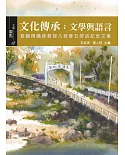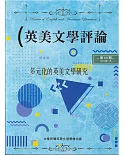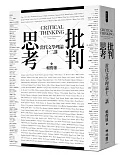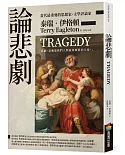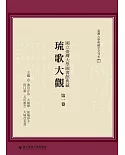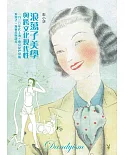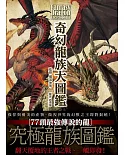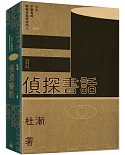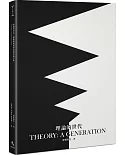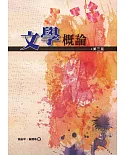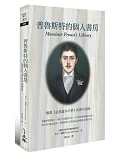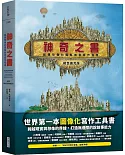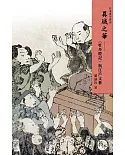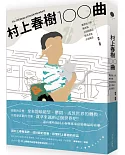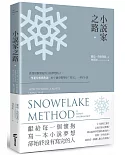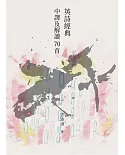Introduction(excerpt)
This book contains eight essays; each focuses on a unique theme that intersects with one aspect of the manifestation of late-Victorian society. The purpose of this approach is to facilitate
reading and to give a sense of the diverse cultural richness that constituted the milieu of this period. Chapter 1 deals with Robert Louis Stevenson’s Strange Case of Dr Jekyll and Mr
Hyde (1886) in the context of the divided self—a fitting beginning which in many way summarizes the epic struggle of the age. By situating the Jekyll and Hyde relationship within the
cultural questions of the time, and alongside other texts with a similar theme including Oscar Wilde’s The Picture of Dorian Gray (1891) and Bram Stoker’s Dracula (1897), I
argue for the importance of this contemporary cultural sub-current which informs this work and evaluate a number of Chinese translations according to this yardstick.
Chapter 2 continues the investigation of the notion of the divided self in terms of its manifestation in Ernest William Hornung’s Raffles stories. Here, the divided self serves as a case
study to illustrate the chapter’s larger focus: namely, the conception of “literature” and the impossibility of separating it from its cultural roots and the idea of translational depreciation.
The intent here, as it is throughout the book, is not to pass judgment on a specific translation, but to explore the different receptions of a text in its source and target cultures and to
analyze this in the context of translation. By drawing upon the idea of culture as a means to determine the extent to which a work can be canonized as “literature,” this chapter aims to explore
both the cultural implications of late-Victorian detective fiction and, by extension, its literary qualities as conveyed to both its original audience and target readers. The impact of this
process on the appreciation and translation of a particular text will also be considered.
Chapter 3 concerns the rise of the women’s emancipation movement in the 1880s and 90s and the complementary emergence of “New Woman” literature. My investigation here will be conducted from a
comparative cultural perspective, which is intended to give readers a sense of the origin and manifestation of the New Woman Movement in the Victorian fin de siècle and China’s own
take on gender politics and the female role in society since the late Qing Dynasty. Throughout this chapter, attempts will be made to situate this study in a larger (global) cultural context in
order to explain the absence of Chinese translations of New Woman novels.
Chapter 4 focuses on the importance of semantics in translation. Using Joseph Conrad’s Heart of Darkness (1899) as a case study, I draw attention to the distinctive writing style of
Conrad and explore the ways that his style enriches his text with a specific cultural quality. Utilizing a number of modern Chinese translations of this novel, this chapter sheds new light on
the interrelationship between semantics and culture in translation and evaluates the varying degrees of success of incorporating linguistic and cultural features in three Chinese translations
of Conrad’s famous novel.
Chapter 5 examines the cultural ideologies of Oscar Wilde and the tendency of Chinese translators’ to minimize its importance in their focus on the linguistic and stylistic elements of
Wilde’s works. My intention is to re-situate Wilde among the most important cultural critics of the late-Victorian period and to reconsider his stature as a canonical figure in
nineteenth-century literature. Particular attention will be paid to the connection between the dandiacal witticism found in Wilde’s plays, which most translators tend to notice, and his
cultural politics, which by comparison have been largely overlooked. By looking at the dandy figure in literature and the way in which Wilde superimposes his rebellious attitude onto his plays,
through which the cultural significance of his writing is articulated, I contend that the translator’s seemingly justifiable focus on linguistic features does not necessarily preclude attention
to other important cultural elements. I will be basing my argument on the extent to which the two notions may be read as complementary to, and even symbiotic of, each other.
Chapters 6 and 7 are inherently related in the sense that they examine the writings of H. G. Wells and Rudyard Kipling from a postcolonial perspective and consider their two representative
novels—The Island of Doctor Moreau (1896) and Kim (1901)—as polar opposites in terms of their respective anti-imperialistic and jingoistic connotations. Chapter 6 focuses on
Wells and Doctor Moreau. Unlike previous studies which examine the gendered and legal discourse of this text, my study draws upon Wells’s history of anti-colonial writings to argue that Doctor
Moreau is, in fact, a calculated response to the emergence of jingoism during the second half of the 1890s. The translatability of this discourse in Chinese will also be discussed.
Chapter 7 looks at an opposite case as represented by Rudyard Kipling’s jingoistic writings. In an attempt to navigate between the two most common, but polarized, conceptions of Kipling as a
humane sympathizer of India and an arrogant imperialist, this chapter situates Kipling in the middle of the spectrum as a hybrid colonizer—one who was attuned to the sufferings of the colonized
natives but at the same time unable to transcend the dominant politics of colonialism at the time. In the course of examining the representation of this discourse in Kim, my emphasis
will be spotlighted on the subtler indications of this idea and their cultural importance, along with their impacts on the Chinese translations.
The final chapter of this book works with the early poems of William Butler Yeats composed during the 1890s. Although his rise to literary fame during this period coincides with the
decadence, compared to the other figures examined in this book, Yeats is often curiously left out of academic discussions pertaining to the Victorian fin de siècle. While this may be
understandably attributed to the longevity of his career as well as his later prominence as a Nobel laureate and an Irish senator, the 1890s remains an important point of influence on his
development as a poet and an artist, who reciprocally contributed to the shaping of the decadence milieu, especially in terms of its aesthetic philosophies. In this chapter, I argue that the
key to understanding Yeats’s role lies in the way he conceptualized the milieu of the time—as less cultural-centric and more an extension of Walter Pater’s aesthete movement. By focusing on
some of Yeats’s early poems, my aim is twofold: to dispel the common misconception that Yeats’s involvement with the period was peripheral and to re-situate him as one of the more influential
figures of the period, whose poems resonate deeply with the spirit of the time to which a translator must pay attention.
Modern translatology has come a long way since its post-structuralist roots, in particular in regard to the question of comparative cultural (in-)equivalences. As Hanada Al-Masri points
out:
Cultural understanding during the process of translation is extremely essential especially in the translation of literary texts, which require an effort on the part of the translator to
retain the cultural information (reflected mostly in the figurative language) of the source text in the target text. Such cultural translation is known to be one of the most challenging aspects
of translation.
As our appreciation of literature becomes more and more culture-dependent, the idea of “culture” in translation is predictably going to become increasingly central to the continual
development of translatology. By drawing upon the late-Victorian age and its unique milieu, this book hopes to pave new paths for the re-examination of the importance, and essentiality, of the
idea of “culture” in literature, and in the process to highlight the impact of approaching a source text from this perspective, and, in turn, to identify the criteria by which a translation
should be judged.

